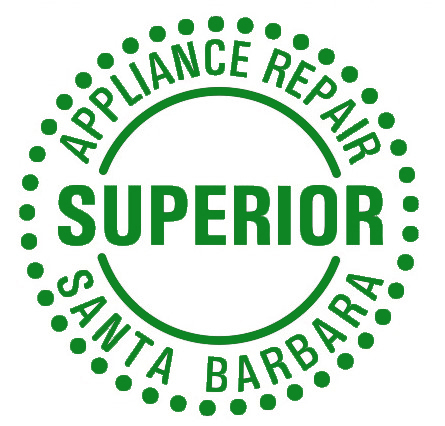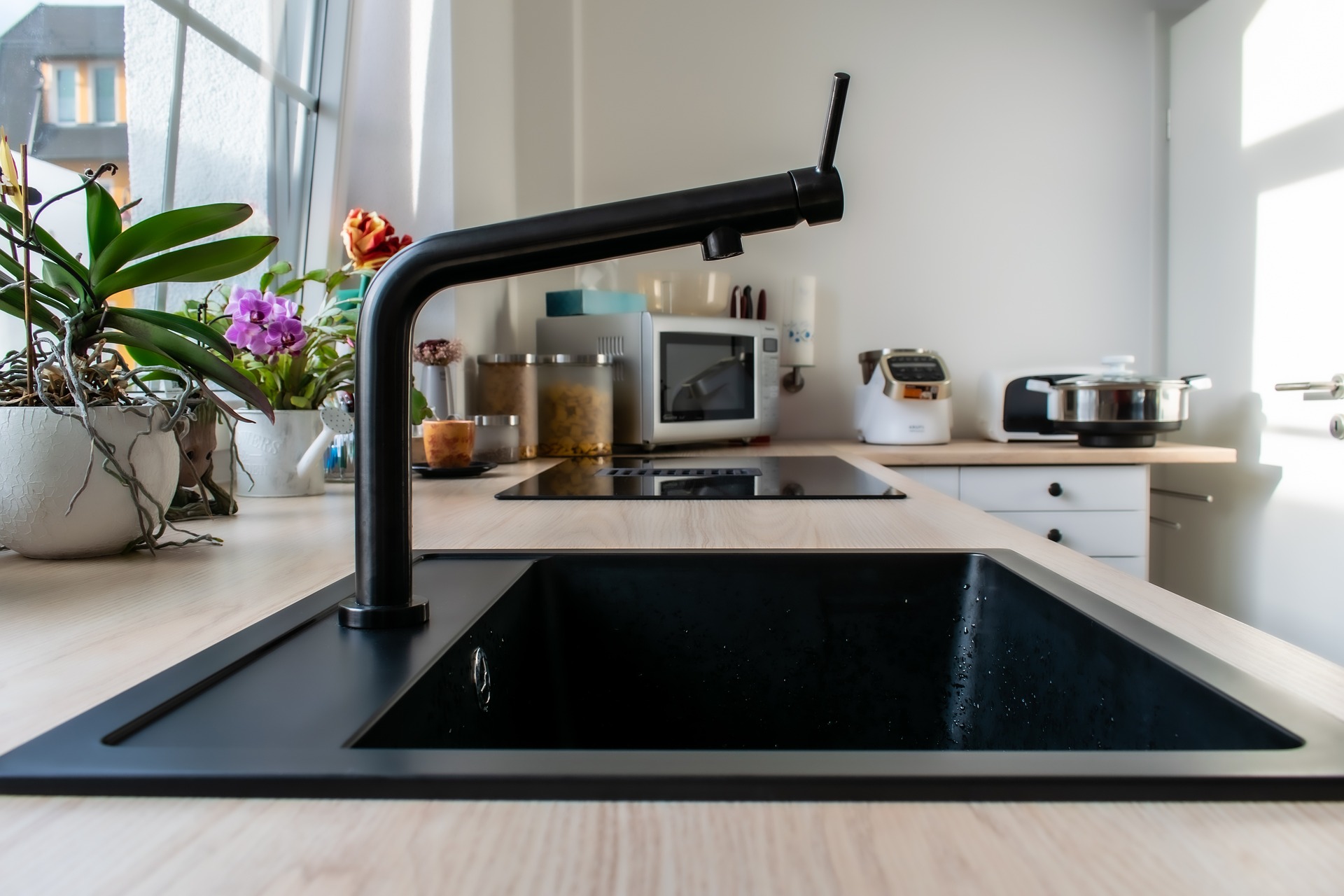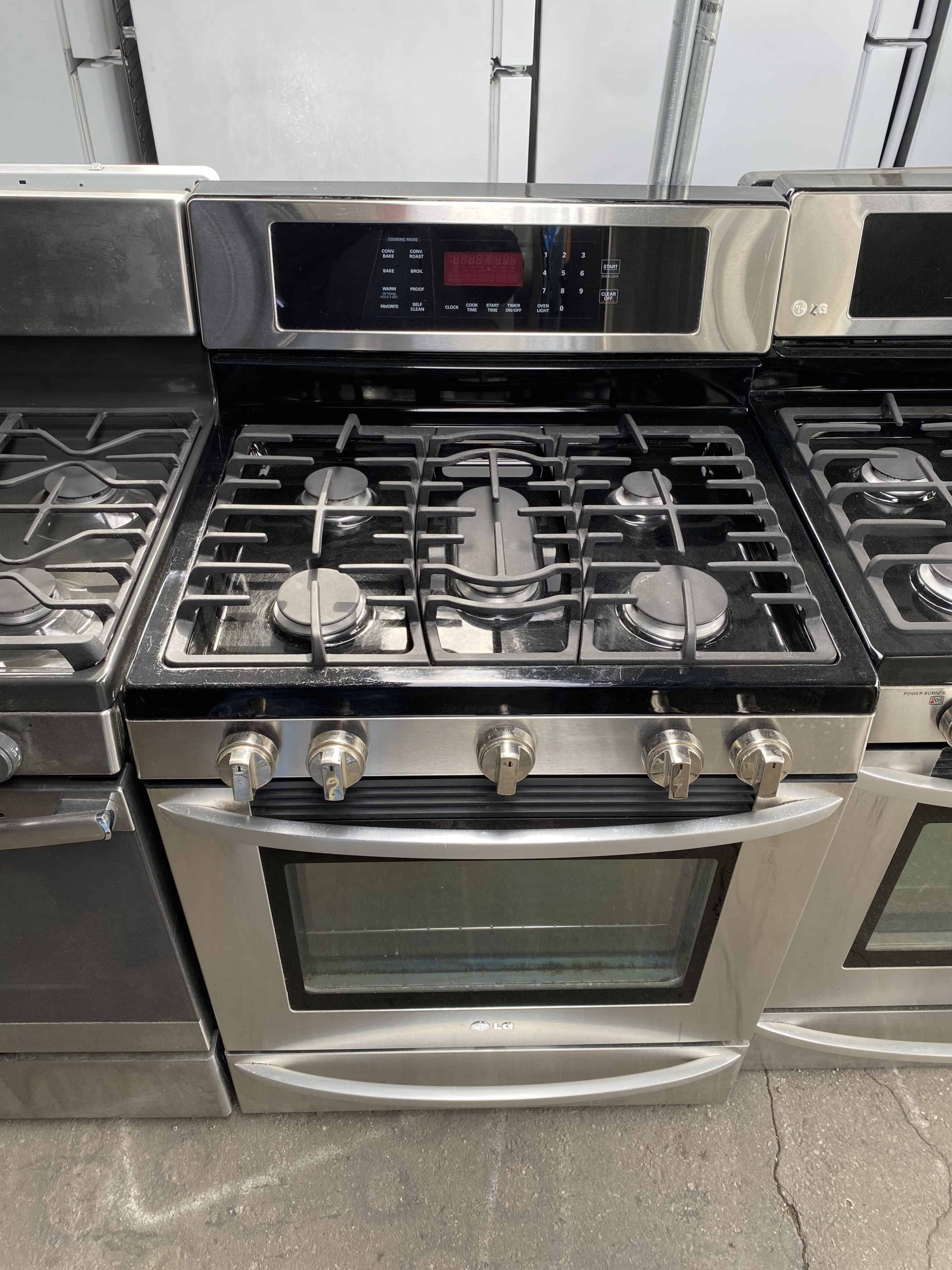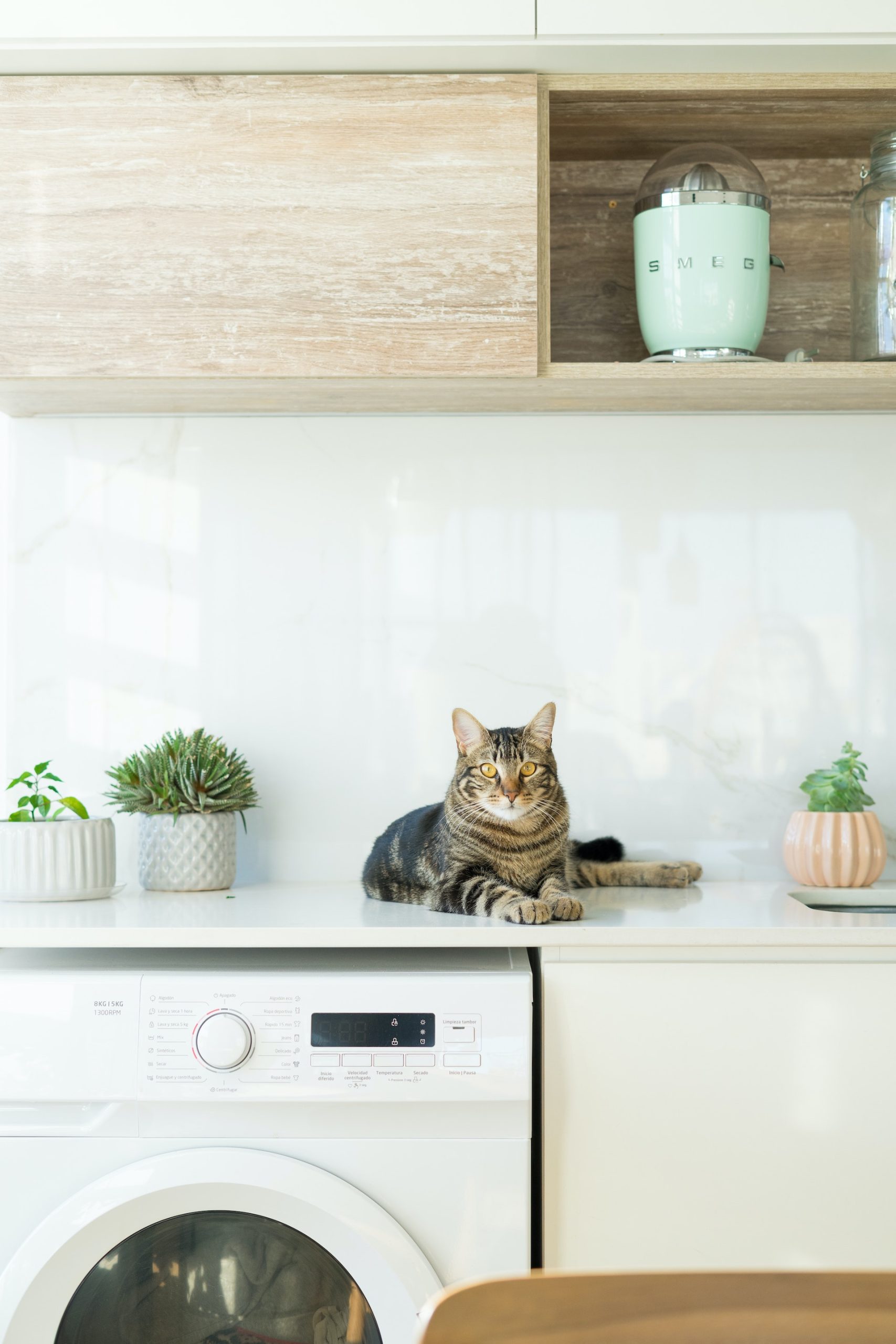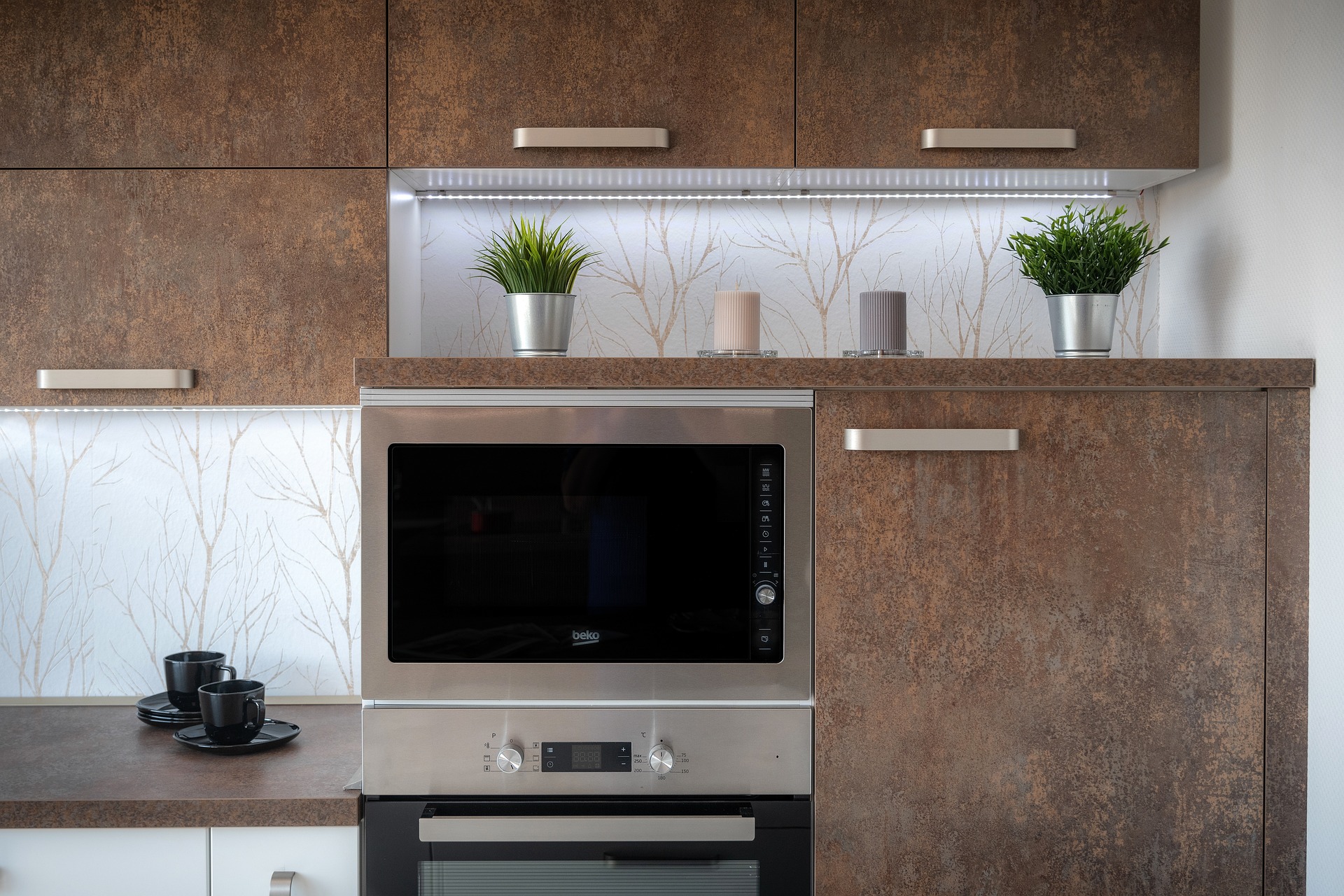You aren’t alone if you prefer a garbage disposal unit, as opposed to composting. Or if you do a mix of both. While it’s not as environmentally friendly as composting, your garbage disposal is an effective method of minimizing food waste. With proper maintenance and care, it should last about 10 years. The tips below will help you to avoid costly garbage disposal repairs.
#1 Know What You Can Dispose Of
A common misconception is that all fruits and vegetables are safe for disposal. However, that isn’t the case. For example, you may be tempted to peel your potato skins directly into the sink for fast and easy clean-up. However, the starch in potatoes and their skins can create a glue-like substance that can be problematic.
Other foods that should be composted or thrown in the trash, not your garbage disposal, include:
- Fat
- Grease
- Oil
- Pasta
- Rice
- Oats
- Popcorn
- Apple cores
- Corn cobs
- Bones
- Nuts
- Seeds
- Seafood shells
- Fibrous vegetables
- Starchy foods
- Chicken skin
- Produce stickers
- Fruit and vegetable pits
- Coffee grounds*
- Egg shells*
Starchy foods that can create a glue-like paste include:
- Potatoes
- Potato peels
- Grains
Fibrous foods can clog your disposal, including:
- Leafy greens
- Asparagus
- Celery
- Onion skins
- Artichokes
If you accidentally dispose of starchy or fibrous foods, run your disposal with cold water for a full minute—adding in 1 cup of ice cubes. The ice cubes help to scrape away clog-causing foods.
*Coffee grounds and eggshells are both debatable. They are technically safe, but they both increase the odds of a clog. The tips below will minimize these odds. Also, be mindful of the volume of coffee grounds and eggshells you send down the disposal. For example, 1 to 3 eggshells at a time but not more.
#2 Run It Right
You know that you must always run the disposal with the water turned on. However, listening for when it sounds like all food has passed isn’t enough.
Follow the steps below to minimize garbage disposal repairs:
- Turn on the cold water.
- Turn on the disposal.
- Gradually add food to the drain.
- Cut large food pieces into smaller sections.
- Run for a full 30 seconds.
- Turn off the disposal
- Let the water run for 10 more seconds.
#3 Run It Every Few Days
Get into the habit of running your disposal every few days, even if just with water. This will keep the blades clean and minimize the likelihood of corrosion. Always use cold water. Hot water may seem like the more hygienic option, but hot water can cause built-up food to gel together. Cold water makes it easier for all food, especially those on the list above that were accidentally run, to pass through with ease.
If you accidentally run hot water, follow up with at least 10 seconds of cold water.
#4 Run Ice Cubes Regularly
Ice cubes help to sharpen your disposal blades. As the ice breaks down, it also scrapes away any buildup on the blades. So, add 2 cups of ice cubes and 1 cup of rock salt to your drain every 2 weeks. As we mentioned above, also after accidentally adding grease, oil, fats, fibrous vegetables, or starchy foods.
#5 Clean and Sanitize
Do not pour bleach or chemicals of any kind down your disposal. If you do, it increases the likelihood of costly garbage disposal repairs, as harsh chemicals erode the blades and parts. If you accidentally run chemicals down your disposal, turn the water on full blast and run your disposal for 60 seconds to flush away as much of the chemicals as possible.
After you run ice cubes and rock salt, it’s time to clean and sanitize. This can be achieved by adding a few cut up lemons or limes down the disposal any time it begins to smell. This will deodorize and sanitize. You can also kill bacteria by turning on the water and pouring 1/2 cup of baking soda down the disposal, followed by 1 cup of vinegar. Run for 60 seconds.
To clean the flaps, turn it off, unplug it, and use a toothbrush to scrub the flaps. Use a solution of equal parts vinegar and water.
#6 DIY Clog and Reset
If your disposal isn’t turning on, push the reset button underneath the unit. Or the reset button on the socket.
If your garbage disposal is clogged, do not use a chemical drain product. Follow the steps below for safe troubleshooting. Even when unplugged and turned off, never stick your fingers down the disposal.
- Turn off the power and unplug your disposal.
- If there is standing water in your sink, use a small flat plunger (smaller than toilet size) to clear standing water.
- Grab a flashlight and look down the drain to see if there is a visible clog.
- If you see a clog, use small tongs or needle-nose pliers to remove the blockage.
- Then, use a 1/4-inch Allen wrench or hex key to turn the impellers underneath the unit. Move the impellers in both directions. If it moves freely, the clog has dislodged.
- Plug the unit back in, press the reset button, turn on the cold water, and try running it again.
- If the clog is still present, turn it off ASAP and call a technician that specializes in garbage disposal repairs.
#7 Remove It if You Aren’t Using It
If you have transitioned to composting and never use your disposal unit, have it removed. While once a standard kitchen appliance, less than 50% of homes still have disposals. That being said, you can keep the unit and have it reinstalled at any time. However, keeping it installed and never using it increases the likelihood of blade corrosion. It also wastes water having to run it every few days just to keep it in good condition.
Garbage Disposal Repairs in Santa Barbara County
If your garbage disposal has a clog, you can’t dislodge, or isn’t working—call, text, or email Superior Appliance Repairs a call. Most repairs can be completed on the same day!
